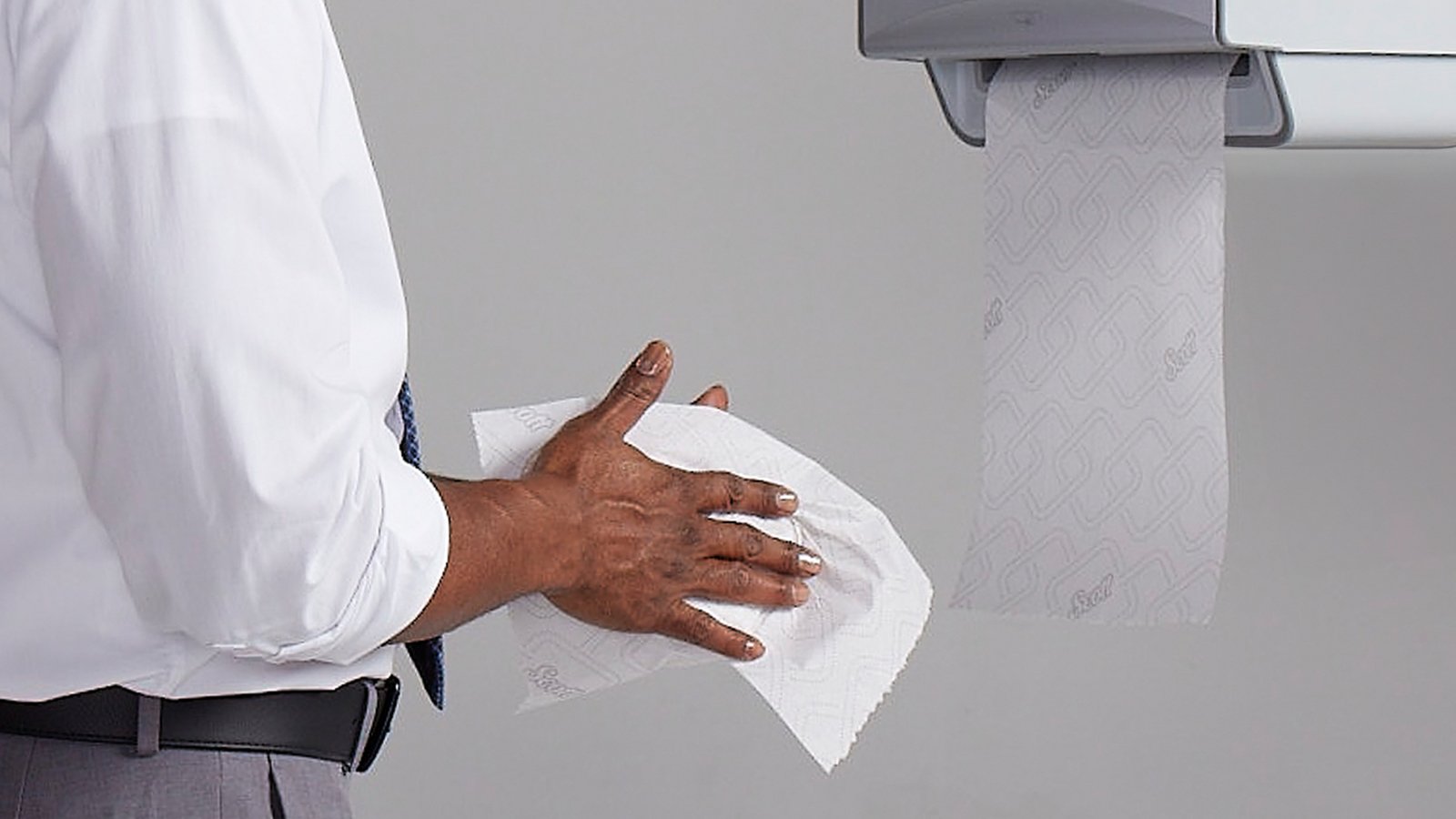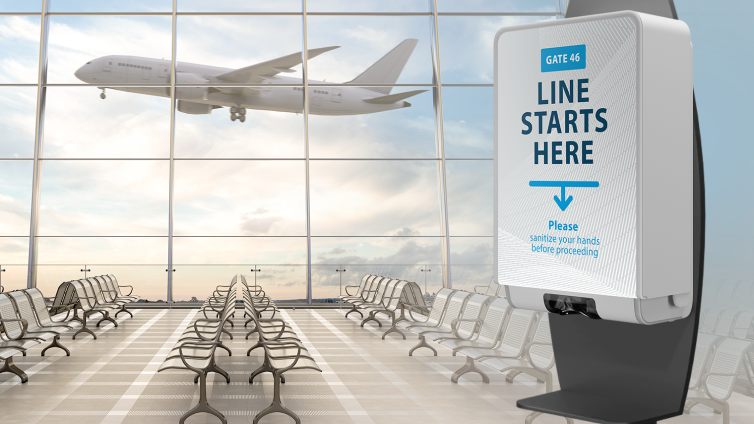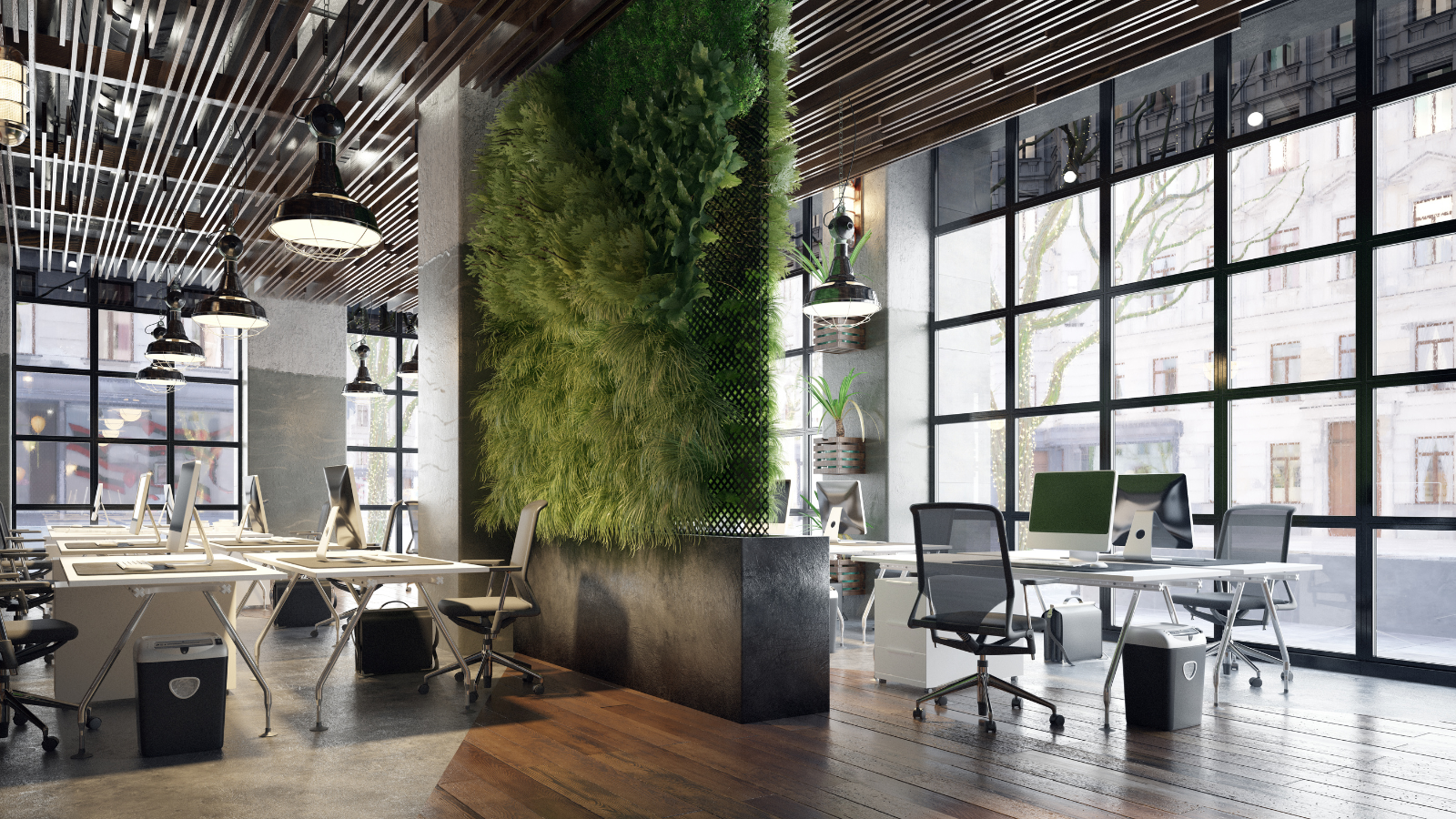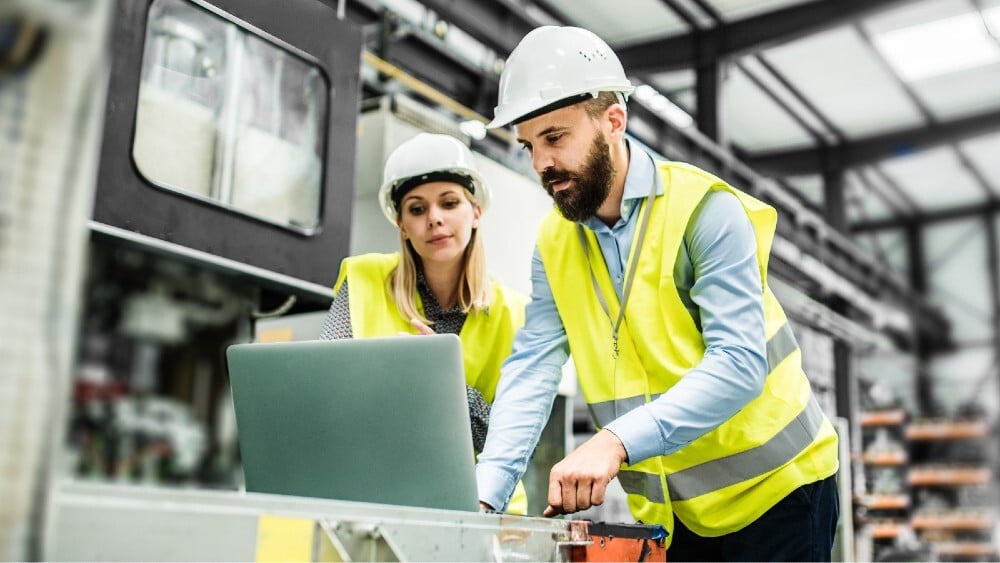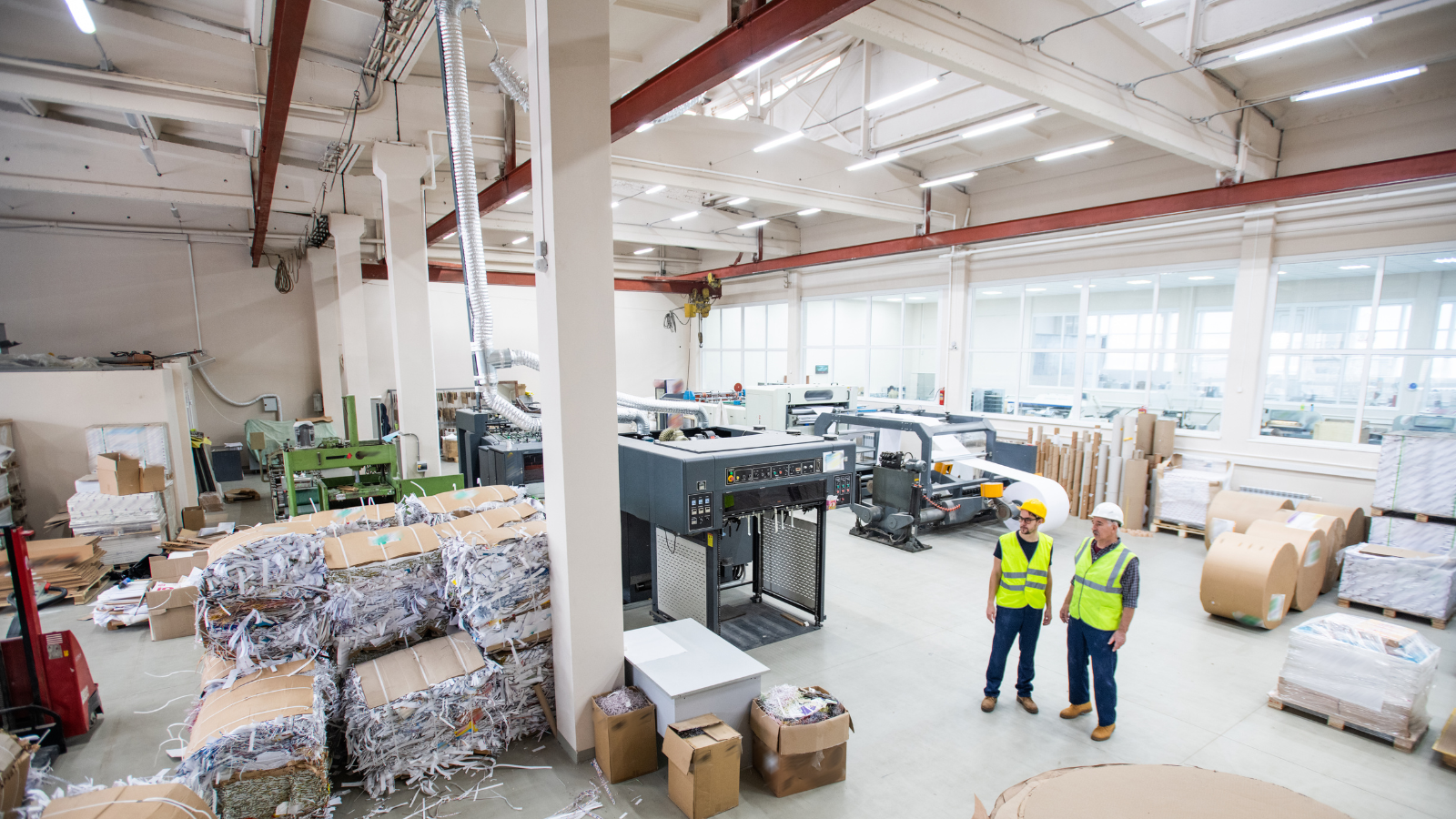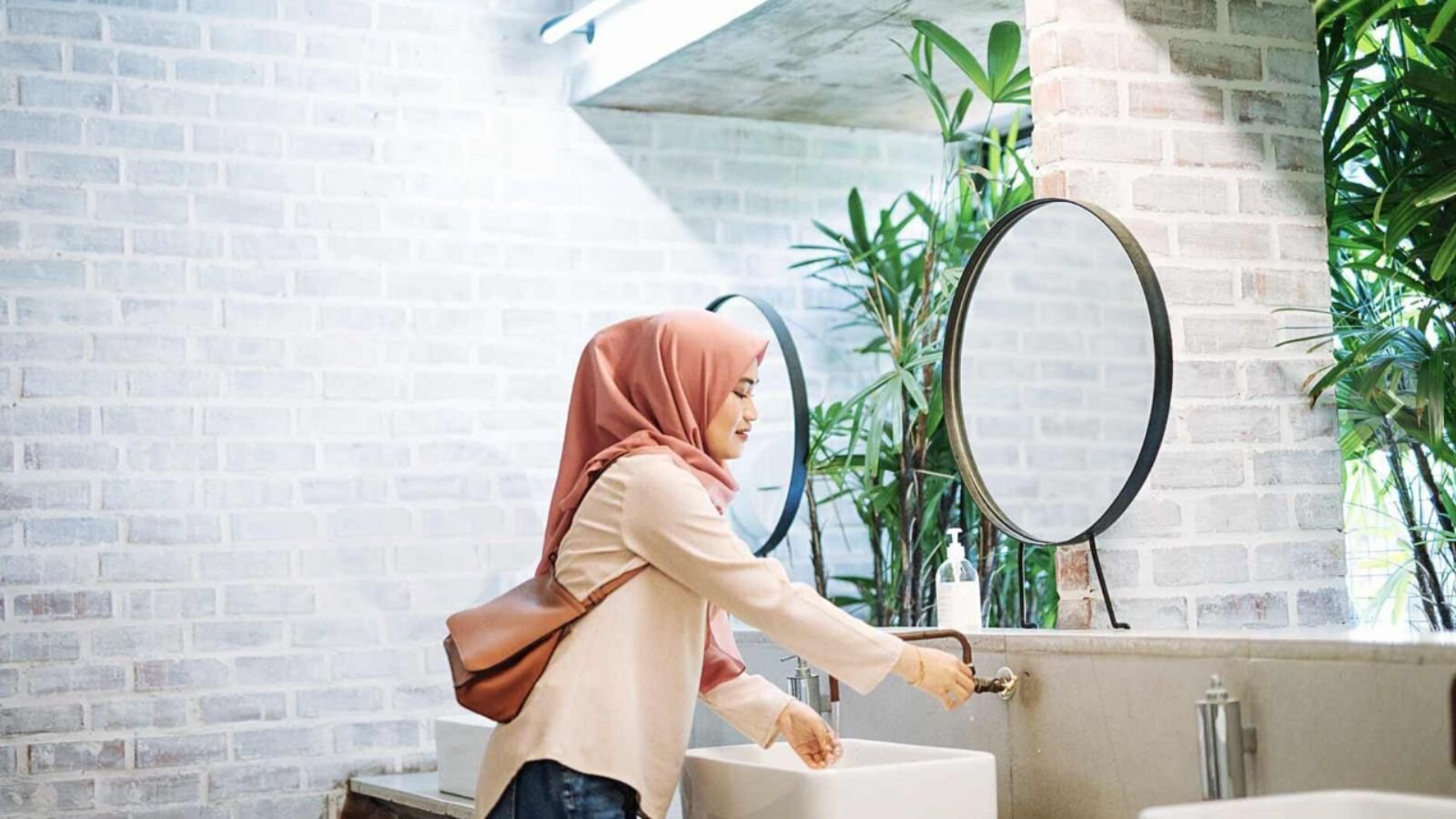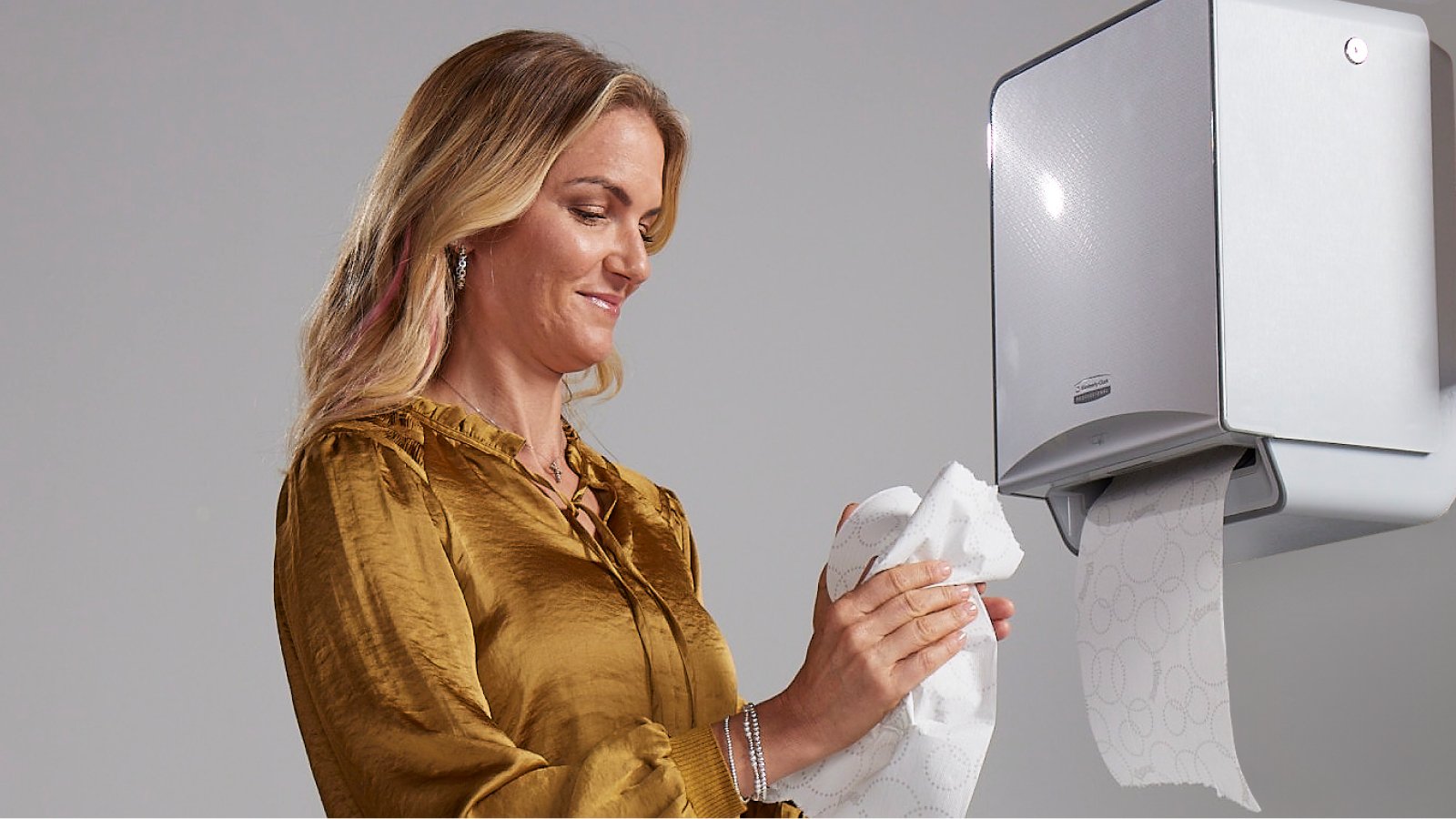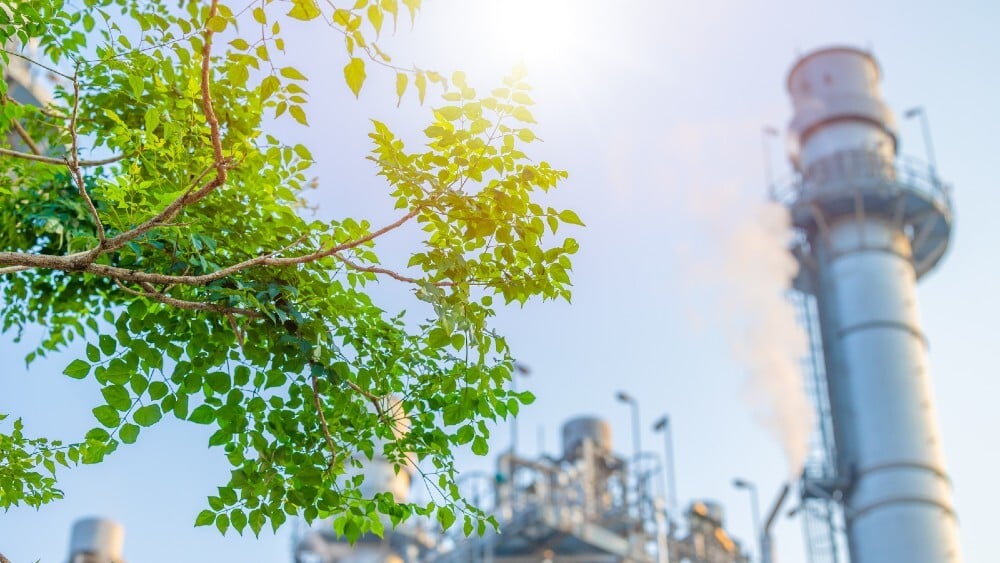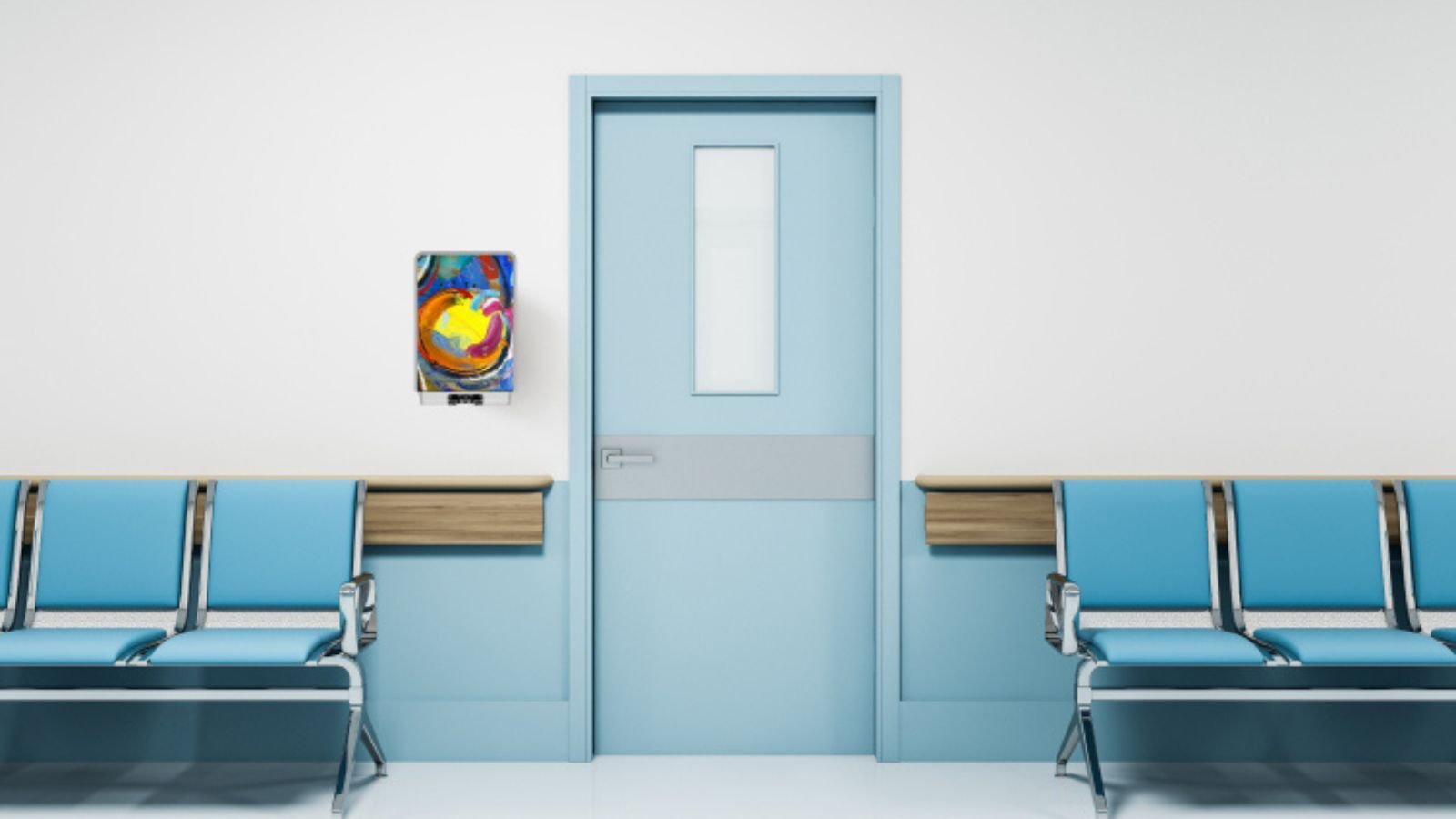Last Updated OCTOBER 2024
Making sure high-traffic venues are clean and safe is key to enhancing visitor experiences
High traffic venues, such as airports, shopping malls, stadiums, and entertainment complexes, face a unique set of challenges and opportunities as they attempt to redefine the visitor experience and cater for ever more people coming through their doors.
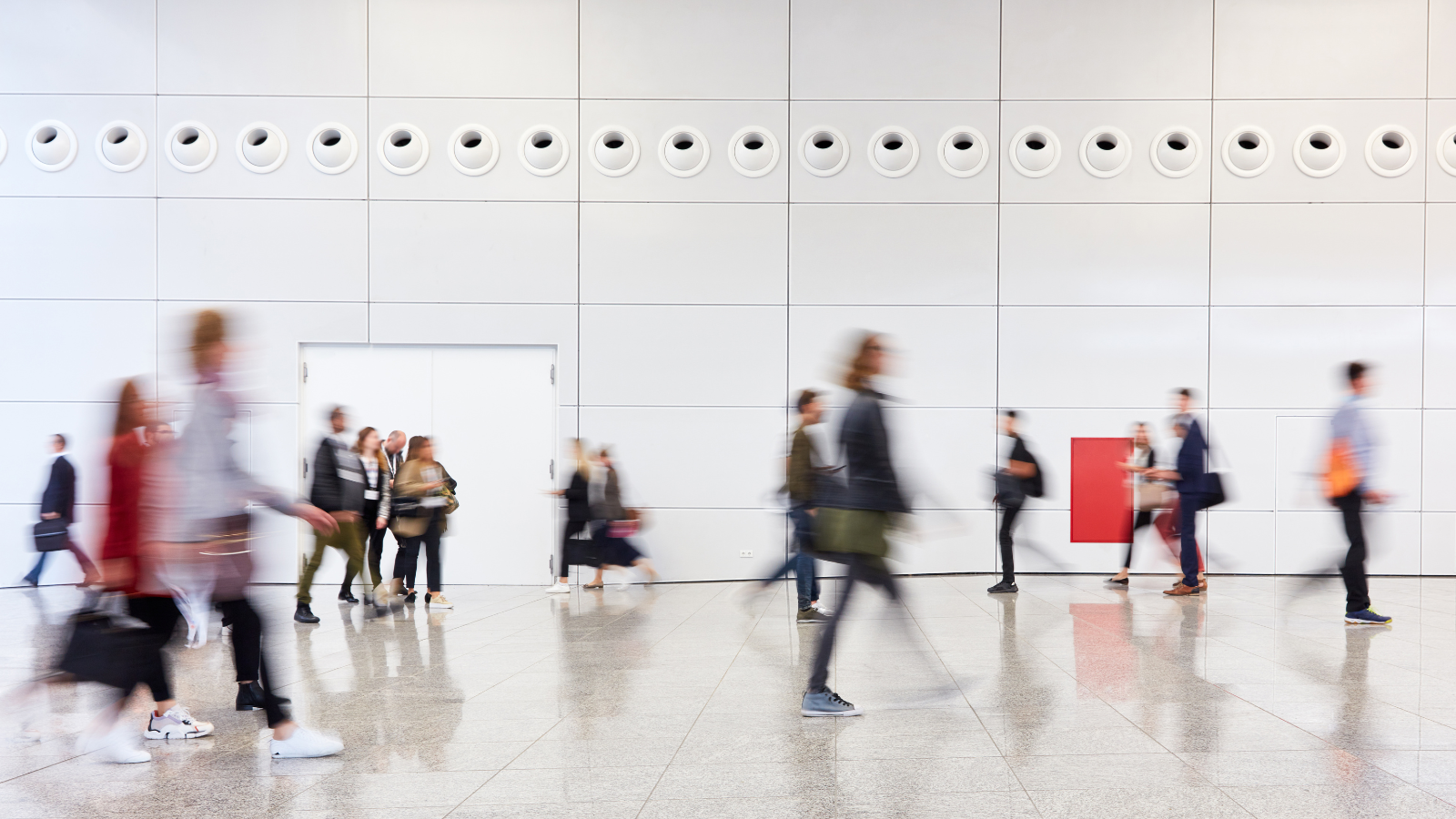
The integration of digital technology in such buildings continues to change the way visitors interact and engage with venues. Mobile apps, self-service kiosks and contactless payment systems make it quicker and easier for people to enjoy their time in venues, while also making the experience more personal and convenient. To go further, many venue owners are investing in their digital infrastructure and embracing emerging technologies, such as augmented reality, virtual reality, and artificial intelligence to really differentiate their venues and unlock new revenue streams.
There has also been a move to turn traditional venues into truly mixed-use spaces by repurposing existing infrastructure, integrating residential, commercial, and recreational components, and creating buildings that cater for multiple needs. Concert venues have created smaller rooms to cater for other meetings and shopping malls have created exhibition spaces, for example.
Of course, managing large crowds, optimising visitor flow, and maintaining seamless operations presents plenty of logistical challenges for high traffic venues. Balancing capacity constraints, ensuring compliance with regulatory guidelines, and adapting to changing visitor dynamics means robust planning and flexible solutions to both minimise disruption and ensure visitors are having the very best experience.
The pandemic has also had a lasting impact on high traffic venues, with people still concerned for their health and safety in places where many people come together. The apparent willingness to attend live events post pandemic continues to recover, but it is clear many people still have reservations due to health and safety concerns.1 This underscores the importance of implementing rigorous health and safety measures to instil confidence and ensure visitor well-being.
In the washroom, facilities managers need systems that can cope with large numbers of visitors all within a short timeframe while events are taking place in the background. A visit to the bathroom should avoid queues and problems so that people can get back to the action as fast as possible. Venue owners need technologies, such as the Kimberly-Clark Professional™ ICON™ Dispenser Collection which needs very little attention. The ICON™ dispenser’s Direct Drive Technology makes the units more efficient, with 99.9% jam-free performance,2 a high-capacity 380-metre roll, and a single set of batteries that deliver up to 150,000 dispenses.3 The ICON™ dispenser’s touchless technology enhances hygiene in busy washrooms too.
Kimberly-Clark Professional’s Scott® Control™ Toilet Tissue system is also high capacity with 1,666 sheets per fully loaded dispenser, ensuring a continuous supply of consumables for visitors in high traffic facilities.
High traffic venues also need good data, says Denise Hanson, Commercial Director at the British Institute of Cleaning Science (BICSc). “Good digital data that identifies what needs cleaning and when could change the generally accepted model of the cleaning operative cleaning a set area, regardless of whether or not it has been used,” she says. “A recognition by the architects and building fraternity of cleaning friendly surfaces could make a real and positive impact too. After spending plenty of years in the cleaning industry, I’m firmly of the opinion that every architect should have to clean for at least a month as part of their training.”
An increased awareness of environmental sustainability and corporate responsibility has influenced venue design, operations, and management practices. Green building initiatives, energy-efficient systems, and waste reduction strategies are now standard practice, reflecting a growing commitment to environmental stewardship and improved efforts to showcase green credentials to increasingly interested visitors. For Lynne Webster, a consultant for the cleaning and facilities management industries at LWC Ltd, the cleaning sector has a real opportunity to support clients in the high-traffic sector when it comes to sustainability. “The businesses who have clearly developed their ESG processes in a way that can support their clients will be able to get head of the rest,” she says. “This is not just about putting in place various policies but supporting the industry with real action and proven data.”
The highly competitive high traffic venue sector is undergoing a phase of transformation, driven by changing consumer expectations, sustainability imperatives and advances in the use of technology. Maintaining clean, hygienic, and safe spaces for people to come together is crucial if the industry is to successfully navigate these complexities and enhance the visitor experience for the masses.
1. https://www.theaudienceagency.org/evidence/cultural-participation-monitor/willingness-to-attend
2. Dispensing test conducted by Patmore Slades Horizons in September 2021
3. Based on an average of 30,000 dispenses per year using historical usage and foot traffic data










